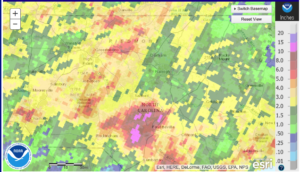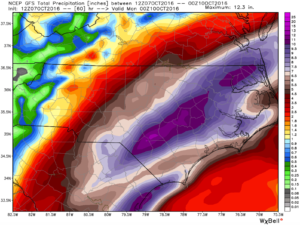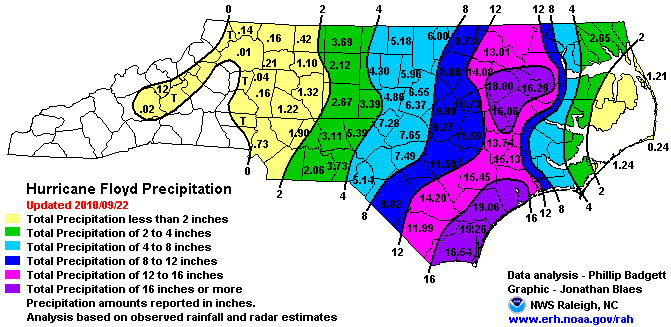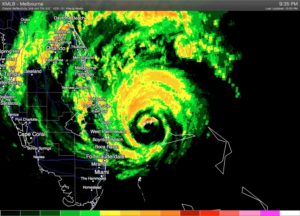
My last post was a synopsis of the highlights of the latest numerical modeling. This time I’d like to make things as simple as I can with a series of bullet points.
This evening, we have confidence that the track of Florence will take her toward the NC/SC border over the next couple days. (I’ve been advocating a landfall near the NC/SC border for a while now.) The latest guidance questions if an actual landfall will occur… meaning, the eye may stall 25 miles offshore and meander with a lack steering forces for a prolonged period.
First and foremost, this situation is significantly more complicated than an average tropical cyclone landfall, because steering currents for Florence will be weak once she is under the influence of the departing Atlantic ridge of high pressure.
Let’s break this down step by step for Major Hurricane Florence…
- the intensity should wobble between Cat 4/5 dependent upon eye-replacement cycles
- the trajectory should take it to the NC/SC border
- the forward speed should slow and perhaps even stall Florence offshore
- where a stall might occur will be key as to the extent of wind damage for the coast… a stall offshore will allow Florence to throw wind and rain to the coast and coastal plain (albeit in an eroded state from the Cat 4 status) for 24+ hrs
- if the stall occurs inland, Florence will be robbed of her energy source and will spin down quickly, with only torrential rains to deal with
At this point, the model guidance indicates that the slowing forward speed will make it so that Florence won’t be able to penetrate far enough inland for significant wind gusts towards Raleigh. The uncertainty of the areal coverage of what will be a prolonged heavy rain event is the wild card.
For tonight, confidence is increasing that the threat of damaging winds should be well to the south of the Triangle, in the southern, central and eastern NC. Flooding rains seem likely to extend northward toward Virginia, however, predicting where those heavy axes will line up at this point is premature.
My big point tonight is that there is a significantly higher degree of uncertainty with Florence than there would be if we had a storm under the influence of defined steering currents. Continue to stay alert and be ready for a much worse Triangle scenario. We still have 2 days and 700 miles to go!









 inland or remains slightly offshore. It’s the trickiest of forecasts with significant implications to subsequent storm strength farther north up the coast, including in NC.
inland or remains slightly offshore. It’s the trickiest of forecasts with significant implications to subsequent storm strength farther north up the coast, including in NC.
Recent Comments